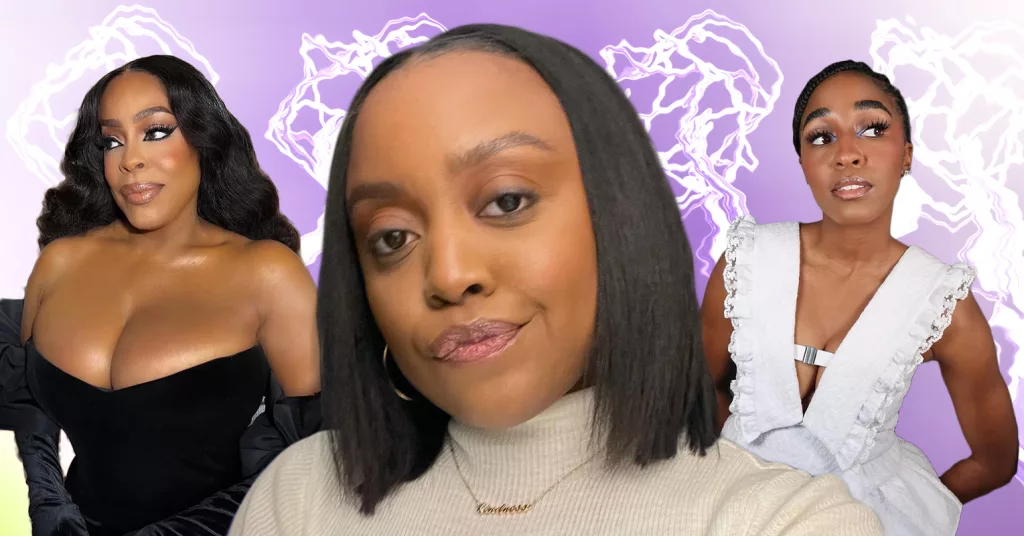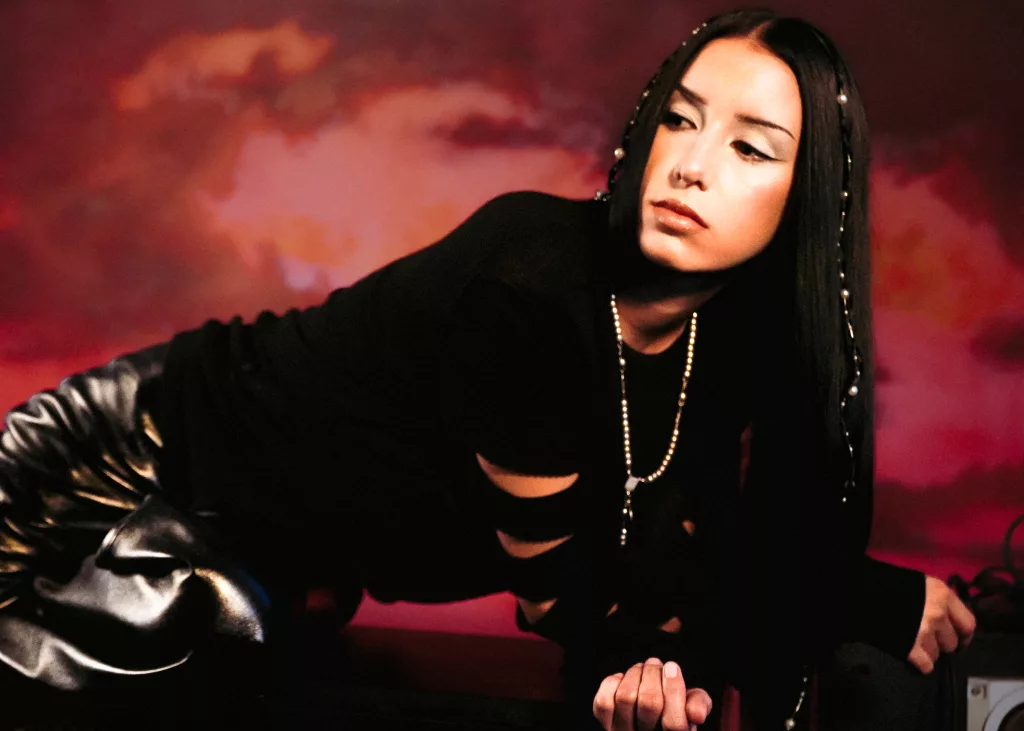First Impressions: Memory Lulls and Bites in “Interview With the Vampire” Season 2
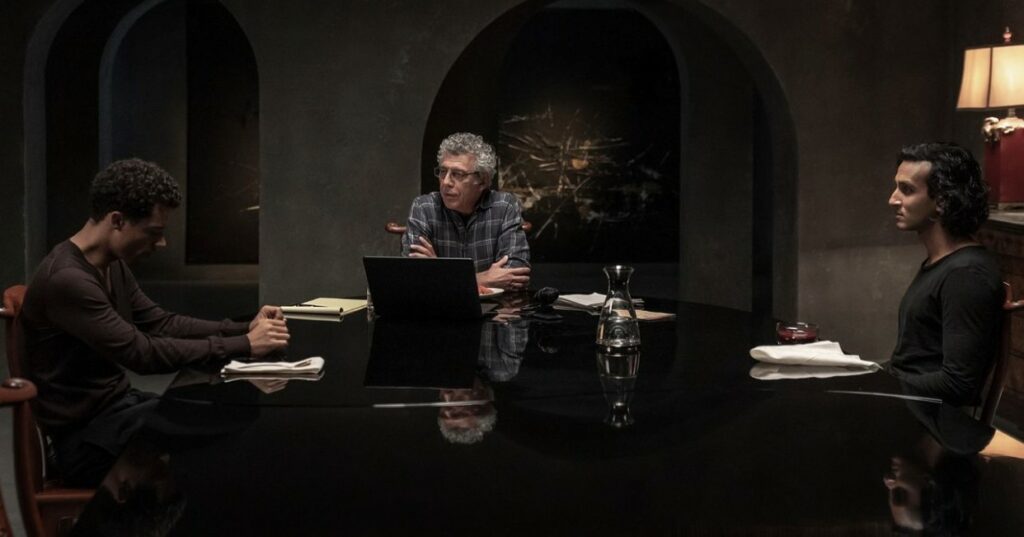
CONTENT WARNING: This article contains mentions of abuse, violence, self-harm, death, and suicide. It also contains spoilers for Seasons 1 and 2 of AMC’s Interview With the Vampire.
In the pilot of Anne Rice’s Interview With the Vampire, we meet the near-70-year-old Daniel Molloy (Eric Bogosian), a two-time Pulitzer-winning investigative journalist. At the twilight of his career in 2022, Molloy receives an anonymous package of lost tapes from an interview conducted in San Francisco back in 1973. An interview-gone-wrong, more accurately — its only distant reminder, a visible scar on the right side of the man’s neck. Fourty nine years after their original meeting, the vampire Louis de Pointe du Lac (Jacob Anderson) is seeking “truth and reconciliation,” eager to unravel his 145-year-old life story once more with feeling. The journalist, for offering his biographer skills, is likewise promised a book’s worth of material at the end of their interview sessions.
The AMC series is based on Anne Rice’s genre-defining book franchise The Vampire Chronicles, with Seasons 1 and 2 sharing the events of 1976’s Interview With the Vampire. The prolific author’s writing and world-building is thoroughly honored in the adaptation. Nonetheless, liberties abound, as alterations regarding various characters’ race, age, and socioeconomic background enrich and add dramaturgically necessary dimension to the story. This year saw the show’s Season 2 air weekly from May 12 to June 30 on AMC, alongside being available to stream on AMC+. In the days leading up to the largely-anticipated season finale, fans received the exciting news of Interview’s renewal for a Lestat-focused Season 3. Netflix’s plans to soon feature the series on its platform had already become public earlier in the month.
Throughout the second season’s eight chapters, new characters were introduced, plotlines thickened, and dramatic stakes rose to impossible heights. Let’s take a look at Interview With the Vampire’s Season 2 and the impressions its most crucial plot points and character arcs left on us.
But First, the Context
At Louis’ modern Dubai residence — a luxurious, high-tech, sunless penthouse with expensive art-covered walls — him and Molloy begin to revisit the vampire’s past. Season 1’s story spans Louis’ first encounter and courtship with “lover, murderer, maker,” and flamboyant Frenchman Lestat de Lioncourt (Sam Reid) in 1910s New Orleans, the unfolding of their stormy romance, tumultuous domestic life, and eventual deathly parting. Louis’ half-event recountings and half-poetic musings on love and the passage of time are frequently interjected by wry, fact-oriented, and often deadpan comments from Molloy. Occasionally comedic, his grounding, relatable voice renders the journalist an anchor for a contemporary audience navigating the sea of century-old turmoil and supernatural, gothic romance. As Molloy probes his subject for truth, Louis’ partial narrator’s sensitivity becomes his defense. “Let the tale seduce you,” he tells Molloy and, simultaneously, us. “Just as I was seduced.”
Interview’s first season, which premiered in October 2022, concluded with the reminisced, attempted murder of Lestat, by the hands of Louis and their adopted “daughter,” the teen vampire Claudia (played by Bailey Bass in Season 1 and Delainey Hayles in Season 2). In the present, Louis’ admitted refusal to incinerate Lestat’s body — after slicing his throat — to ensure his death, stirs conflict between the vampire and his interviewer which starts to escalate dangerously. It is at that moment when Louis’ personal servant, thus far known as Rashid (Assad Zaman), has to step in, forced to reveal his nature. Meet the vampire Armand, the “love of [Louis’] life.”
Louis de Pointe du Lac Owns the Night
Interview’s tale arguably looks a lot less seductive in the first episode of Season 2. In it, we follow a grief-stricken Louis and a worn out yet determined Claudia (now in her late thirties and assuming a sister role to the elder) on a poorly-timed pilgrimage across Europe in the wake of World War II. The goal, motivated by Claudia’s disappointment in the few vampires she has known and her curiosity to discover more about their kind, is to find other vampires outside of New Orleans (back where Lestat is supposed to be lying dead in a trunk) and broader America.
After bearing witness to heaps of human upheaval and the traumatizing suicide by fire of the Romanian vampire Daciana — with whom Claudia momentarily glimpsed a promising connection — the pair head to charming, post-war Paris.
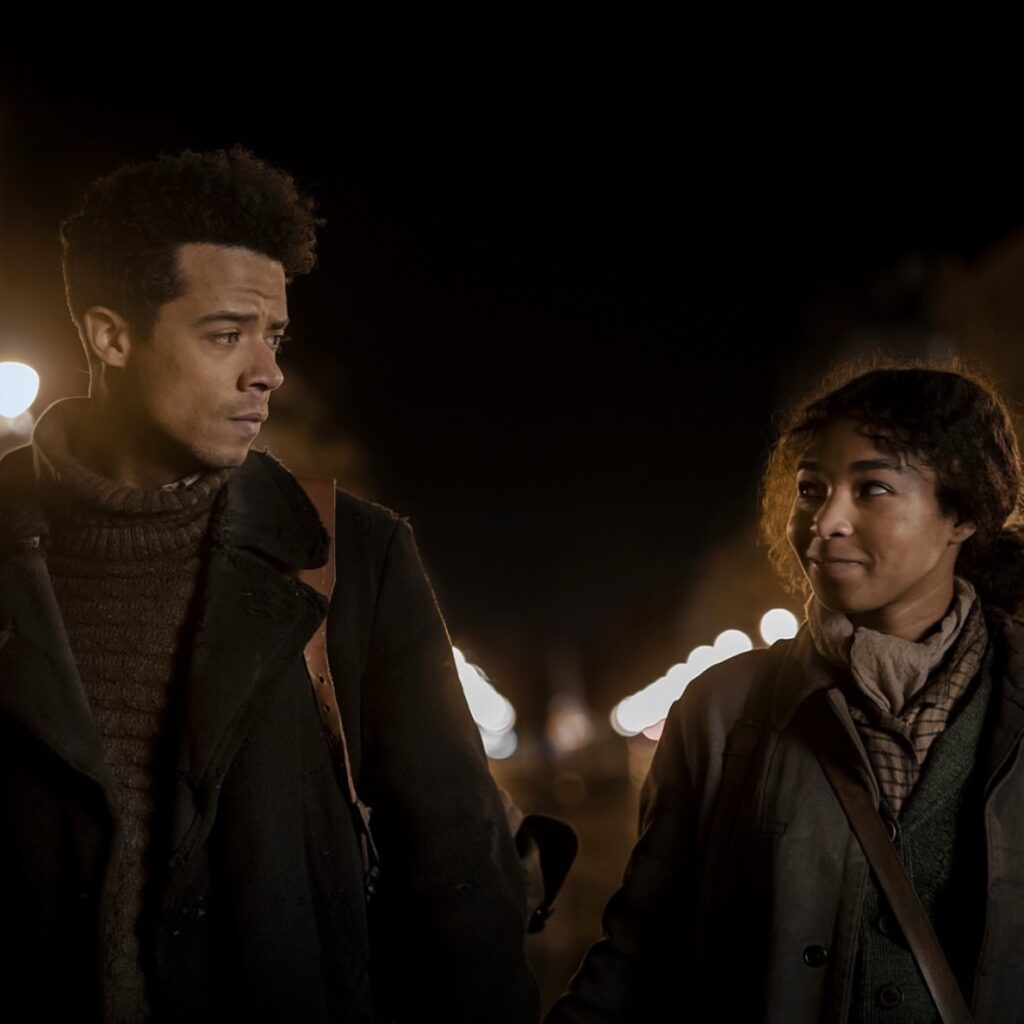
It’s on their way there where, marking episode one’s emotional climax, Jacob Anderson delivers one of the season’s most moving monologues: Louis’ oath of devotion to Claudia, which reinforces his choice in her as a companion and briefly alleviates her simmering fear of being abandoned. (“If you were the last vampire on Earth, it would be enough.”)
However, Louis is bound to eventually cross paths with Paris coven leader and Théâtres des Vampires maître, Armand. With the latter, he gets swept up in a complicated affair fated to evolve into the partnership of 77 years which meets its demise at the end of the season. Enthralled by the French capital’s optimistic, creative spirit and growing progressively closer to his intriguing, new boyfriend, Louis develops profound philosophical thoughts, tries his hand at photography only to rediscover his talent in business, and — although at odds with the coven — manages to quiet his haunting memories of Lestat through his involvement with Armand.
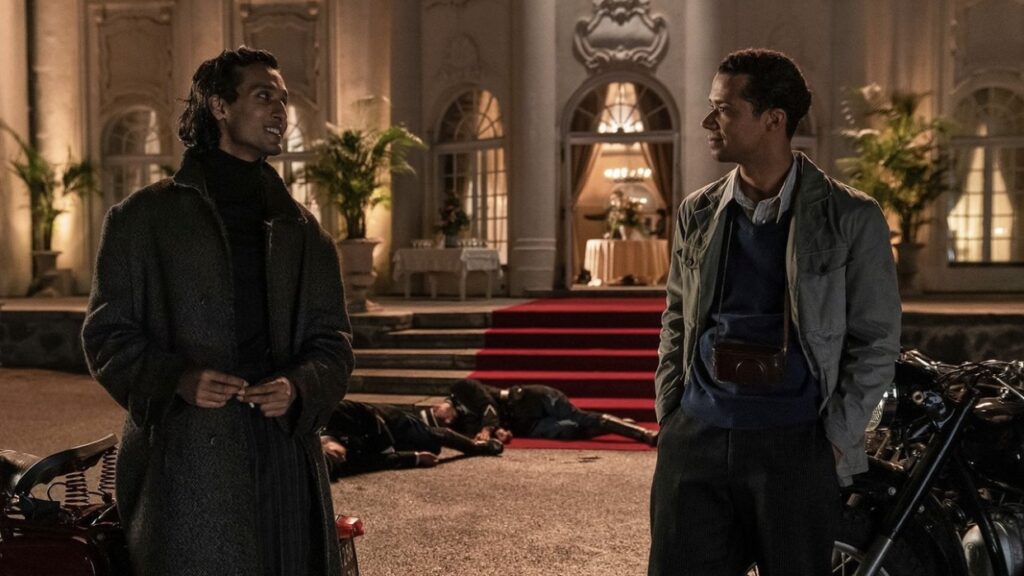
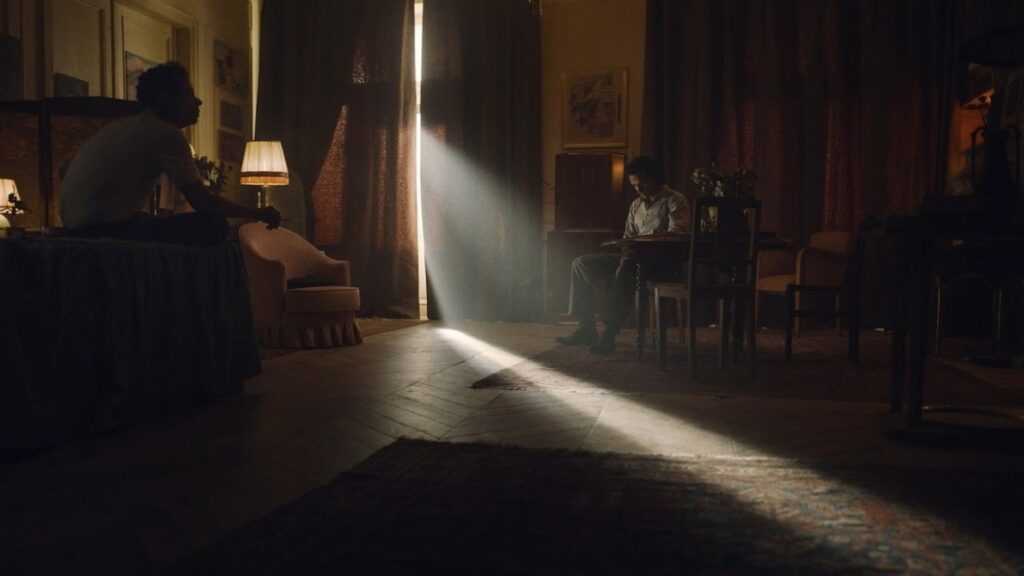
Things go south in the couple’s seemingly smooth-sailing, yet implicitly tension-filled “marriage,” when present day Louis, thanks to Molloy’s prodding and unearthing of past relics, comes to fatal revelations about his partner — revolving around a series of hurtful betrayals. At the end of episode six, Louis, Claudia, and her newly turned companion Madeleine (Roxane Duran) tragically find themselves abducted by the Parisian coven and forced to act as props in a trial disguised as a Théâtres play. One where they are sentenced to death in real time for the attempted murder of Lestat who, right then, makes his first physical appearance in the season. Armand, who admittedly committed the treacherous act of turning the trio in, is revealed to have played a bigger role in the events than initially believed,
The maître directed the play himself and subsequently lied about being the one to have saved Louis from dying with a last minute mind trick. The savior, unbeknownst to Louis, had been Lestat himself, all along.
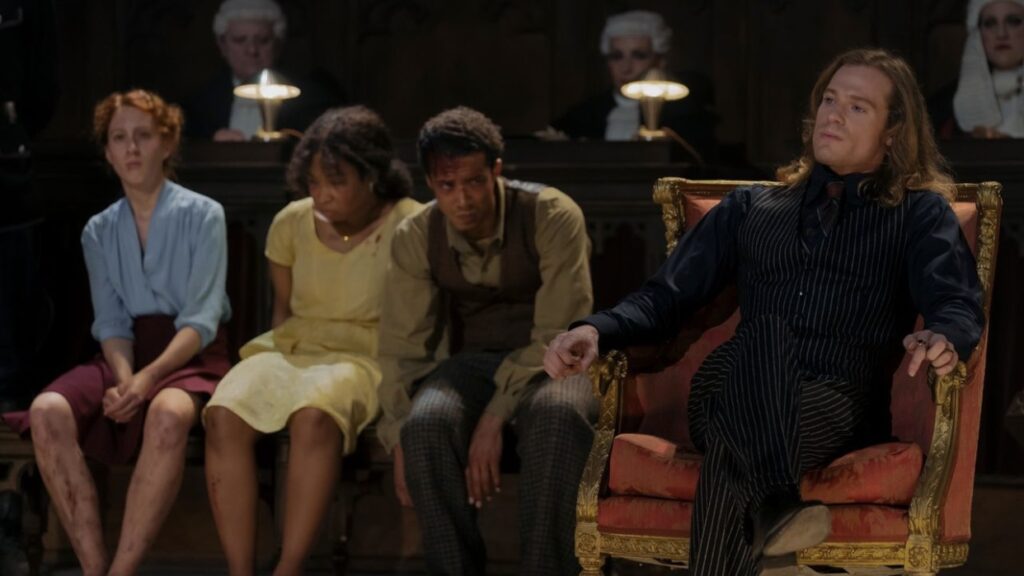
This discovery arrives on the heels of Louis and Molloy’s recent revisiting of their San Francisco interview (episode five), where piecing things back together through audio files led to the realization that Armand had used his mind control power to modify both of their memories of that night, erasing trauma and covering tracks. In the season finale, the glass has overflown for Louis who goes on a rage-induced killing spree to avenge Claudia in the flashback timeline. In the present, he leaves Armand to head back to New Orleans and reconnect with Lestat in a teary and blustery reunion scene.
Having come to the other side of battling against his vampiric identity by desperately clinging to his fleeting humanity, Louis is now ready to acknowledge vampirism as a gift, boldly announcing in the season’s final scene that he “own[s] the night.” Louis’ Season 2 journey, divided into two dialectical arcs that converse with each other between Paris and Dubai, is nothing short of exceptional, and Anderson gives his all in crafting the most compelling depiction of it.
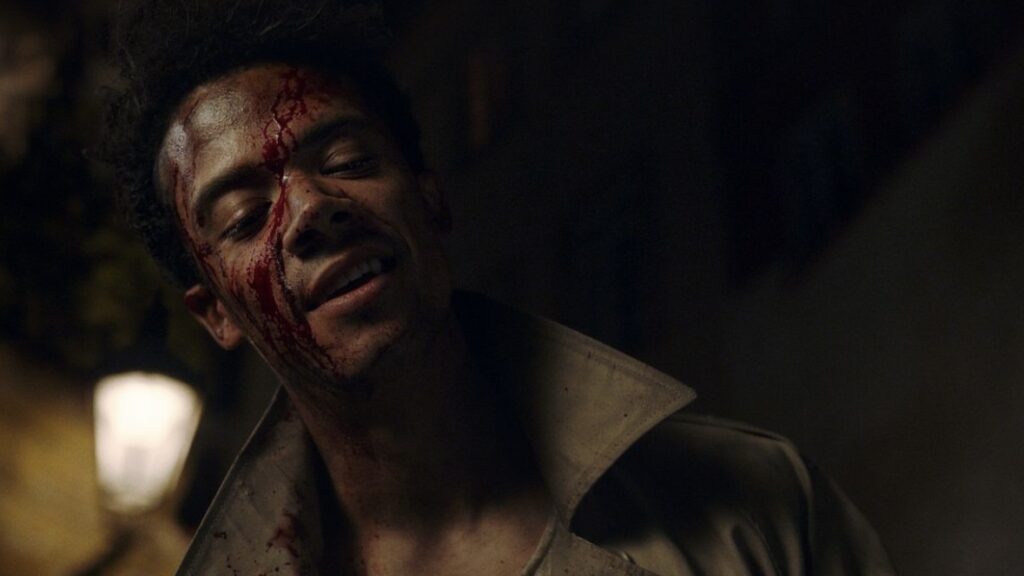
The Vampire Armand: A Fragile Maître
One of the most captivating new additions to the show is the presently 514-year-old vampire Armand, portrayed by Assad Zaman. Season 1’s finale may have seen Armand’s mask drop in literal terms, with him stepping out of the fake role of servant Rashid and unveiling his true identity. Even so, the second season shows us there are still plenty of curtains to be pulled back when it comes to the manipulative and ever-conniving ex-Paris coven master.
Louis’ companion of 77 years, Armand enters the dialogue as a second interview subject for Molloy, whose skepticism about the vampire perpetually lurks behind the distrustful tone of his voice.
Armand’s defenses are clearly up, with his sights set on controlling his share of the narrative, in order to protect his relationship with Louis against the threat posed by the journalist’s increasingly invasive questions.
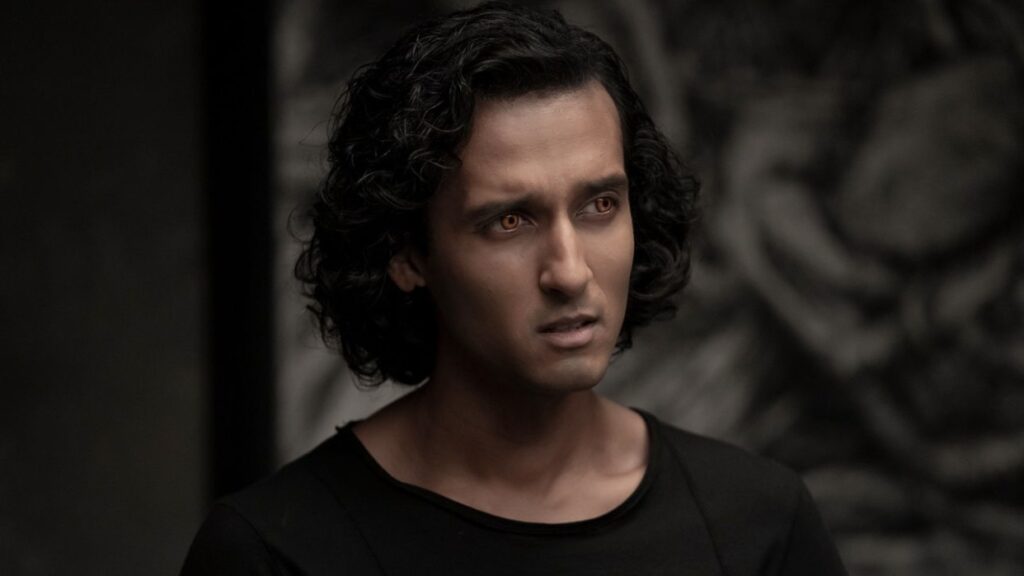
Season 2’s flashbacks walk us through Armand’s emotional ebbs and flows, as he oscillates between his 200-year-spanning coven leader duties and his distracting interest in Louis.
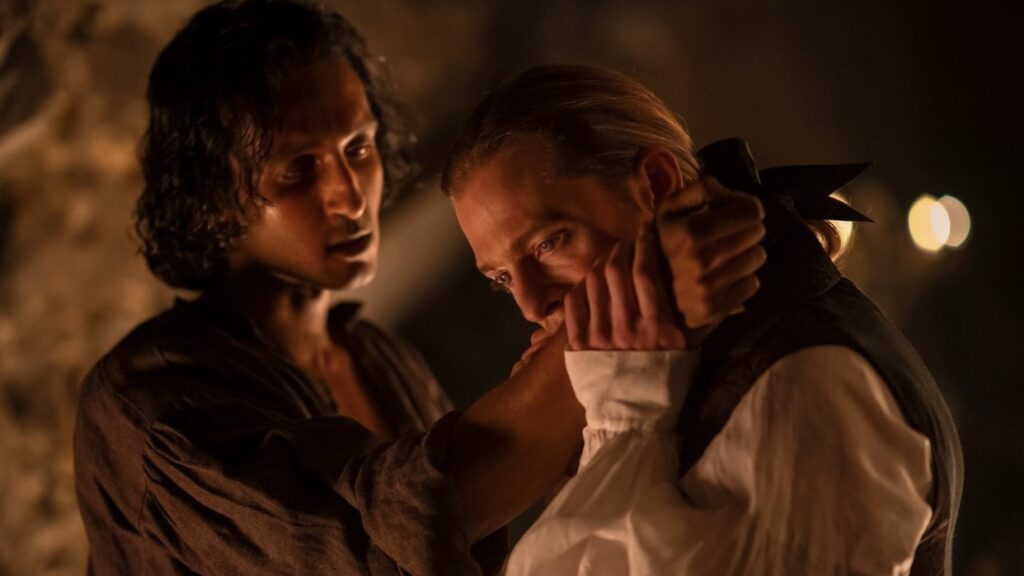
The American vampire’s arrival in 1940s Paris awakens romantic feelings the elder had locked away since the end of his own turbulent affair with none other than Lestat, 150 years prior.
In his pursuit of Louis, Armand clashes with both Claudia and the Théâtres troupe — most notably, power-hungry coven antagonist Santiago (Ben Daniels), who is quick to uncover Louis and Claudia’s Lestat-related secrets and start plotting their deaths alongside his own ascension to maître status.
In episode four, Armand allows us a glimpse into his backstory, letting us in on the ways in which the character’s painful past informs his own tempestuous relationship to power. Zaman is arguably the breakout star of the season, his nonchalant portrayal of the endless complexities embedded in the ancient vampire’s psyche achieving nuance and empathy even when the shadow of his unforgivable acts looms overwhelmingly large. As Armand’s self-preservation instincts take over and his meticulously upkept facade crumbles, the hints of bottled-up rage shining through the cracks become some of the season’s most riveting revelations.
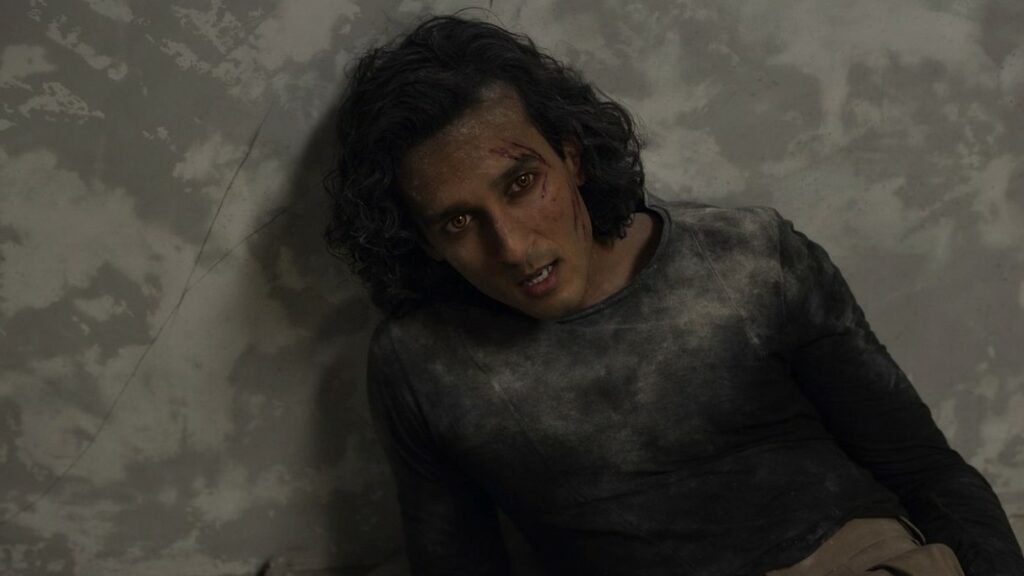
“Dreamstat” de Lioncourt
In the beginning of Season 2, we have technically left Lestat at the threshold of hell. Nevertheless, nothing stops his likeness from becoming a permanent fixture in Louis’ thoughts. “Dreamstat” is the version of Lestat that haunts Louis on his Eastern Europe travels with Claudia and all throughout his Paris stay: a constant reminder of the murder scene left behind in New Orleans that fills Louis with grief, anger, and, possibly, something that resembles regret.
Sam Reid’s depiction of this unstable, meddlesome ghost — besides referring to Season 1’s Lestat canon — draws heavily from Anderson’s own performance as Louis, emulating his body language, speech patterns, and mannerisms to represent an extension of his consciousness.
Disrupting conversations and eliciting consequential reactions, “Dreamstat” is there to pass judgment on his “ex”’s decisions and vocalize Louis’ own inner doubts about himself and, particularly, his blossoming relationship with Armand.
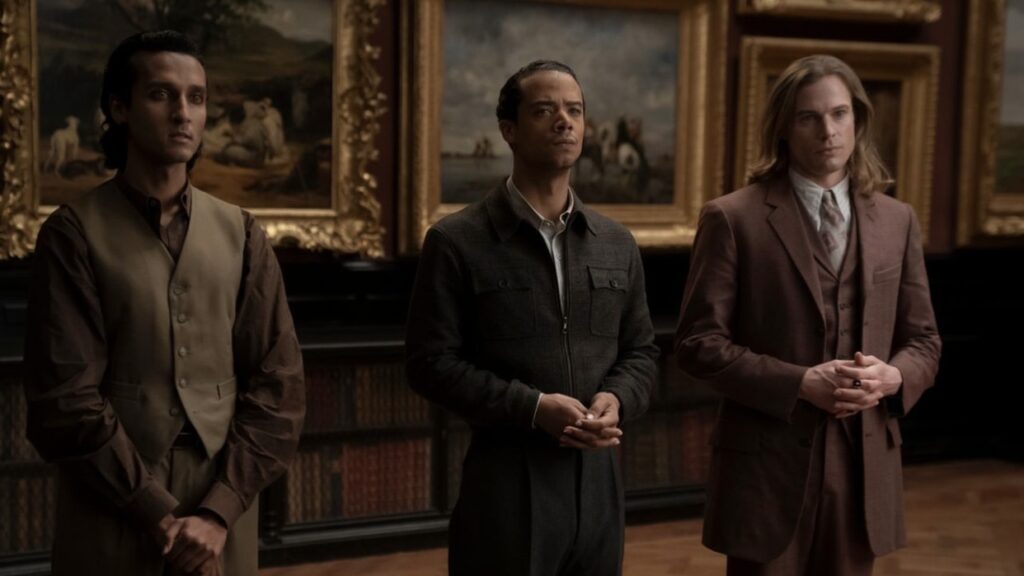
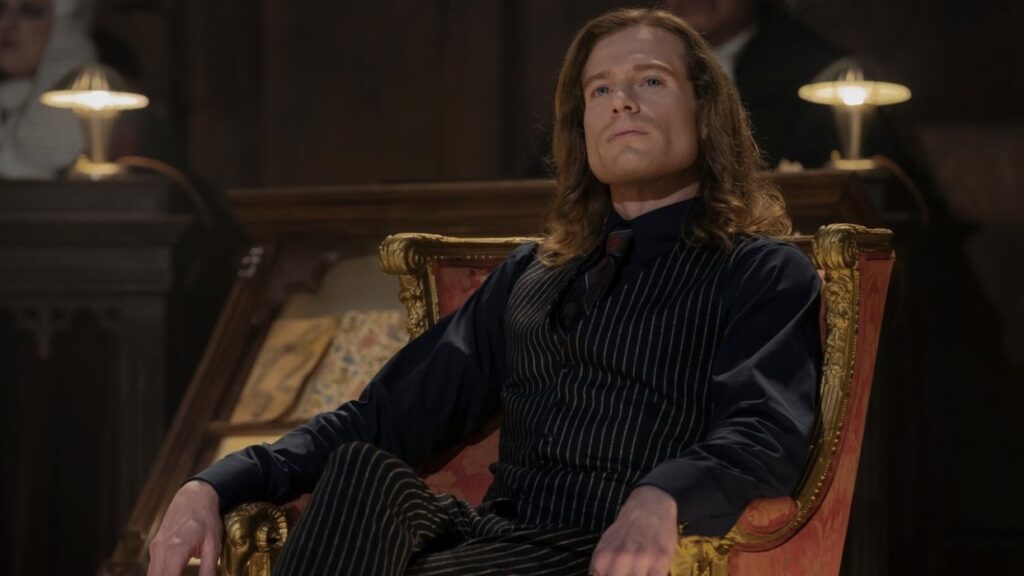
Lestat’s physical entrance happens in episode seven, with his comeback to the Théâtres des Vampires stage to lead the coven-orchestrated play built around the premise of a trial for the “attempted murder of his being.”
He only pauses his passionate, accusatory soliloquies that burst at the seams with his lingering love for Louis when it’s time to perform the mind trick that will save his beloved from death — if only Louis had realized it sooner than 70 years later.
Still, the two “fathers” are forced to reckon with Claudia’s excruciating loss after the trial, which closes the distance between them upon Louis’ return to New Orleans in the 2020s. The heart-wrenching scene of their reunion is the culmination of decades of suppressed grief and a homecoming that sees their vampiric bond stronger than ever. The raw vulnerability in Reid’s tone and expression as Lestat reminisces about bearing witness to Claudia’s death on that stage disarms even the most cynical of viewers, reaching into an essence of the character thus far obscured by others’ recollections of him.
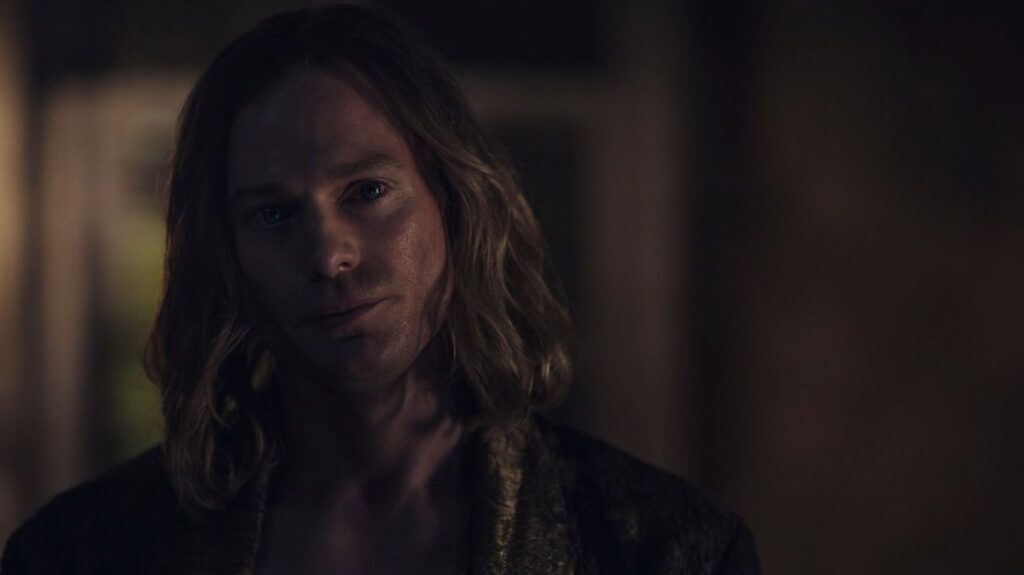
Claudia: A Second Choice No More
“A fierce vampire, trapped in the body of a little girl,” Claudia’s arc is by far the most poignant of the season. As she inches closer to middle age, the externally forever-14 vampire still carries the bitterness of having served as a band-aid to Louis’ “marriage” with Lestat. Her quest to find community for herself intensifies and sees promise in Paris, when the Théâtres des Vampires troupe accepts her into the coven.
For the first time, Claudia experiences the transcendent magic of “vampire pride” at the theater, used by the coven as a device to perform elaborate murders of humans under a play’s pretense. However, her hopes in a future of living as her most authentic self come crashing down at the news that the lead part offered to her in the Théâtres’ upcoming play is that of a child.
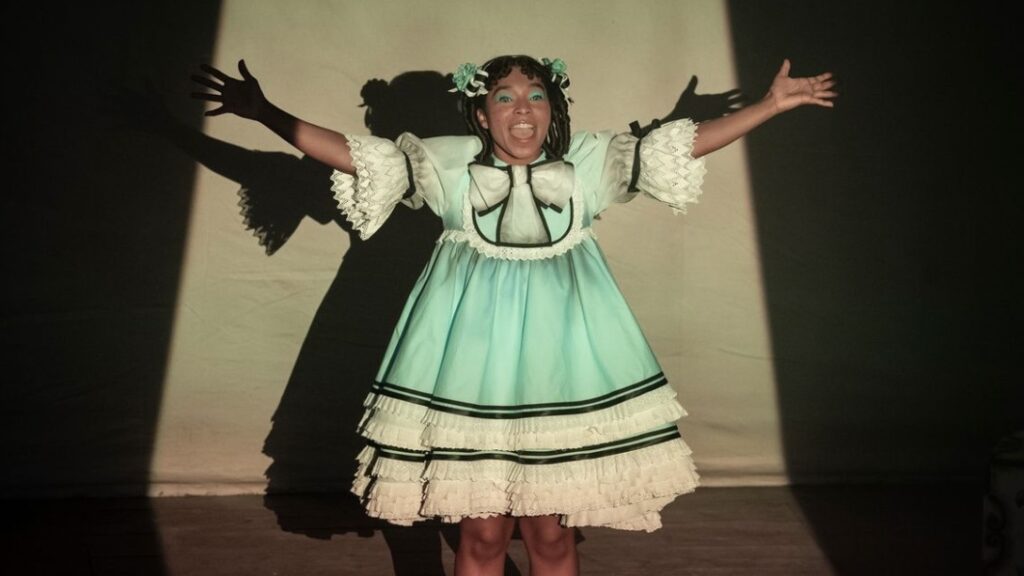
Delainey Hayles takes on the role this season, shining light on Claudia’s somber sides and illustrating the character’s maturation journey with brilliant precision. Claudia finds the true companion she’s been looking for in the face of Madeleine Éparvier — a seamstress outcast by Parisian society for sleeping with a German soldier during World War II times — who receives the “Dark Gift” of vampirism with the help of Louis.
In the macabre trial where both women meet their harrowing end at the hands of the coven and, unknowingly, Armand, Claudia’s spirit remains unyielding and defiant until her very last breath. Catharsis is palpable when Madeleine, confronted with the dilemma to either die or join the coven, picks Claudia over anyone else, making her the first choice she has always longed to be. “My coven is Claudia,” she fearlessly declares.
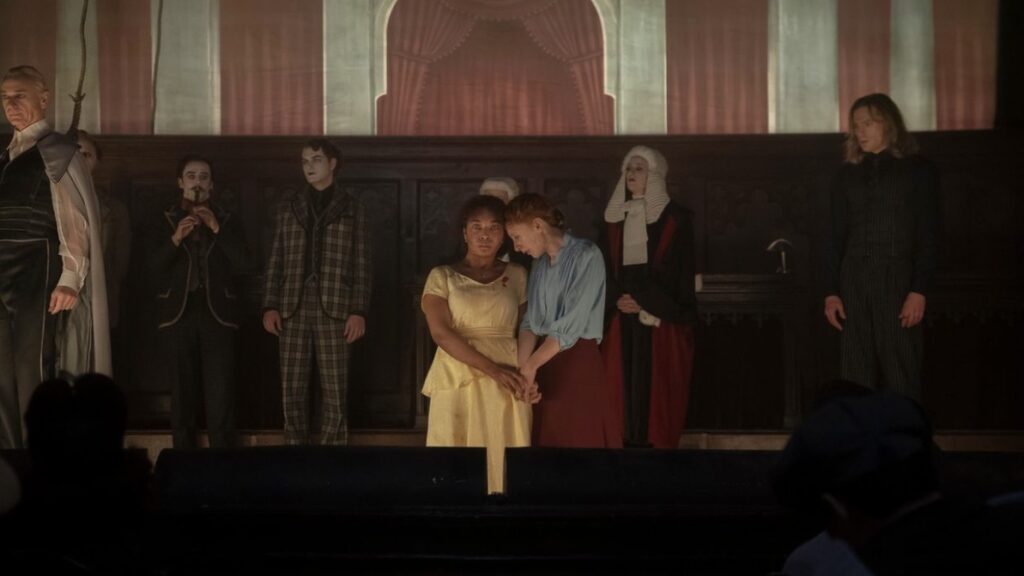
The Fascinating Daniel Molloy
Our truth-seeking, sharp-witted journalist Daniel Molloy keeps peeling back important layers to the main story this season, yet not without also unraveling part of his own past. The role, thus far portrayed by the iconic Eric Bogosian, is now shared with Luke Brandon Field who depicts the younger version of Molloy in the flashbacks of episode five.
As each stage of Molloy’s character is informed by the other, the actors’ indirect synergy brings a lot of dimension into the interviewer’s psychological makeup. A turning point for the Dubai timeline, episode five reexamines Louis and Molloy’s first meeting in 1973 San Francisco. Their exchange leads to aggravating revelations about Armand’s tinkering with both men’s memories and simultaneously hints at an emerging friendship bond between the two.
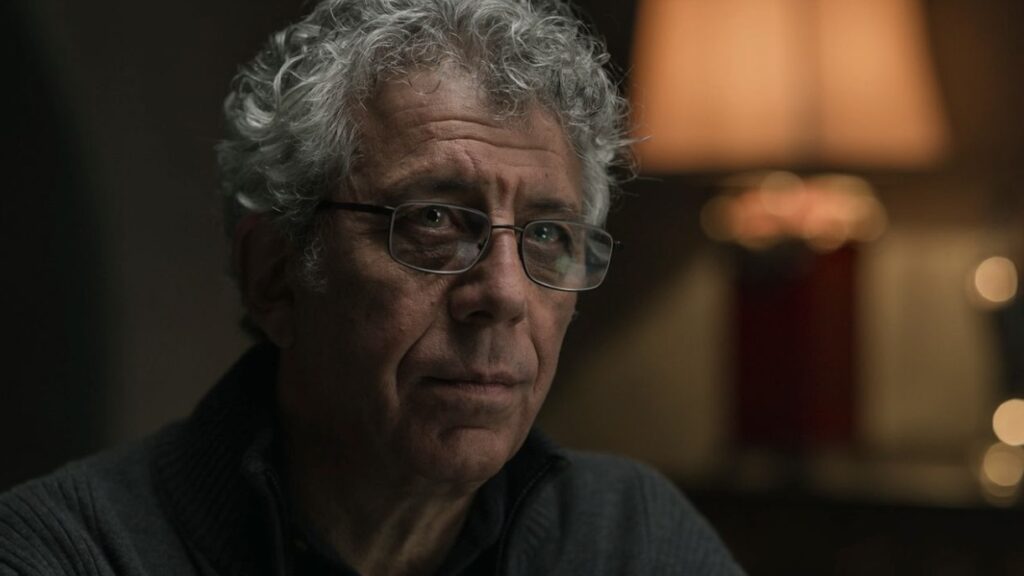
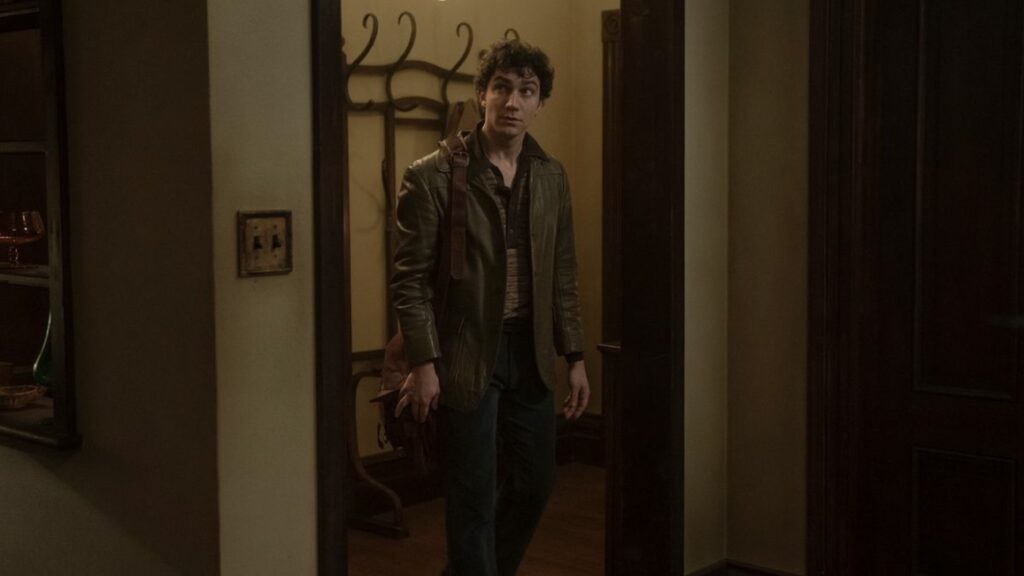
The stakes ramp up for present day Molloy when — getting dangerously close to the part of the story that carries the heaviest emotional load — he comes into contact with paranormal-monitoring organization Talamasca, which provides him with the artifact that unleashes chaos in Louis and Armand’s home: Armand’s annotated script from the trial.
In a surprising twist, Armand creates his very first vampire fledgling by vengefully turning Molloy offscreen. If anything, though, the 70-year-old seems in his element when hunting down his dinner after completing a promotional TV appearance for his latest bestseller, Interview With the Vampire, at the end of the finale.
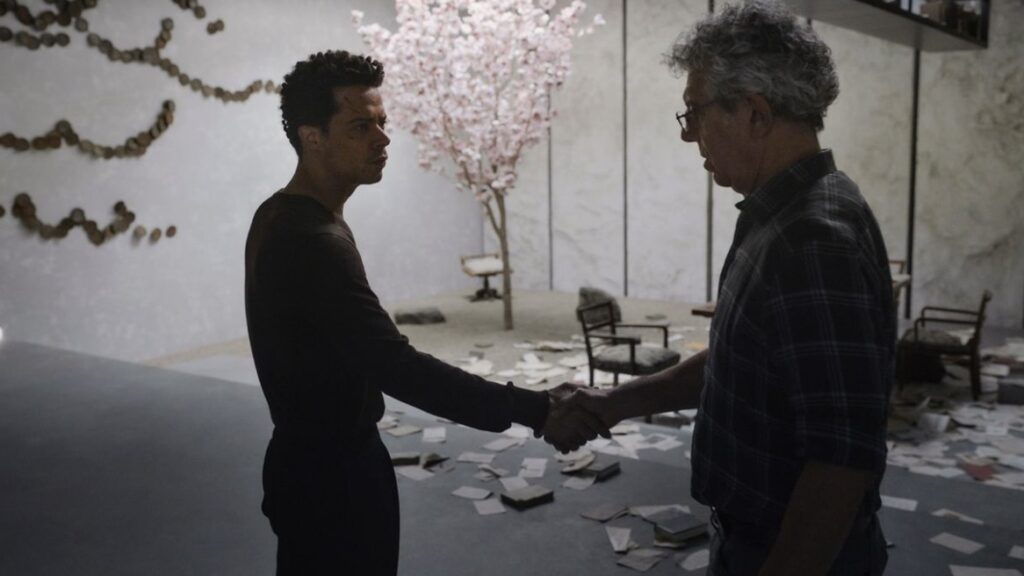
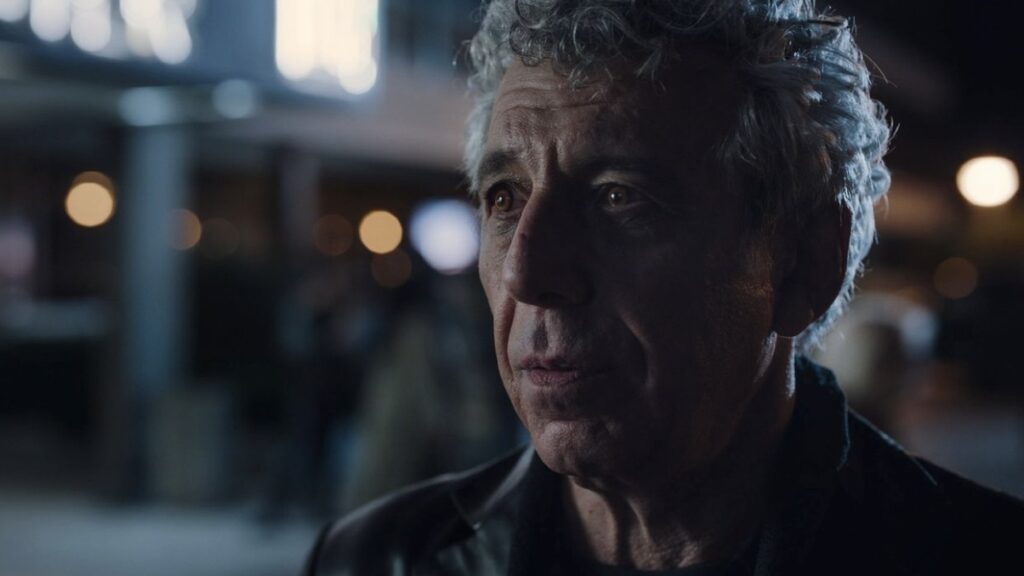
Memory Is a Monster
Interview With the Vampire’s second season engages in a profound exploration of the concept of emotional truth, where heroes are caught in balancing acts between the real and the perceived as real. Never-ending mind games between unreliable narrators meet sincere trade-offs of points of view halfway to weave together the glorious tapestry of a gothic story for the ages. The show digs deep into the dramatic essence of Anne Rice’s novels, while its own writers’ room decisions feel not only reverent, but comprehensive and organic. Through impactful, character-driven twists and turns, Interview’s Season 2 unpacks the Season 1-introduced idea of the “odyssey of recollection” even further, proving that memory truly has the power to lull and bite like a monster.
Interview With the Vampire is available to stream on AMC+ and reportedly set to be joining Netflix on August 19. For more updates, you can follow AMC, AMC+, and Anne Rice’s Immortal Universe pages on Instagram (here, here, and here, respectively) and X (here, here, and here, respectively).
Interested in more shows like Interview With the Vampire? Check out EnVi’s Thai horror recommendations here.


